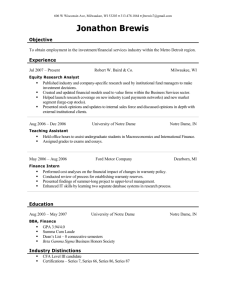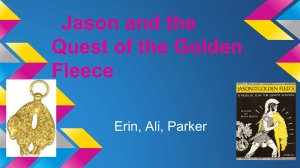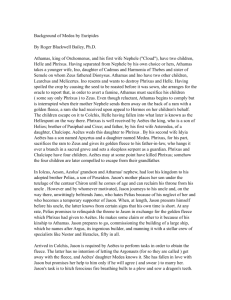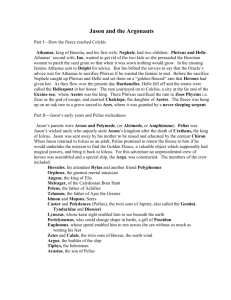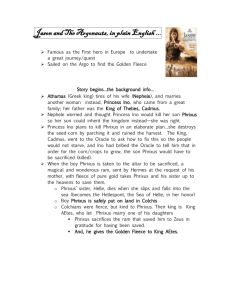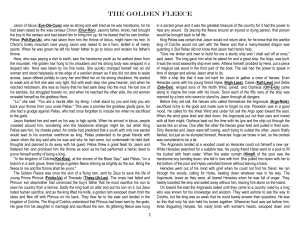Argonaut - Notre Dame de Namur University
advertisement
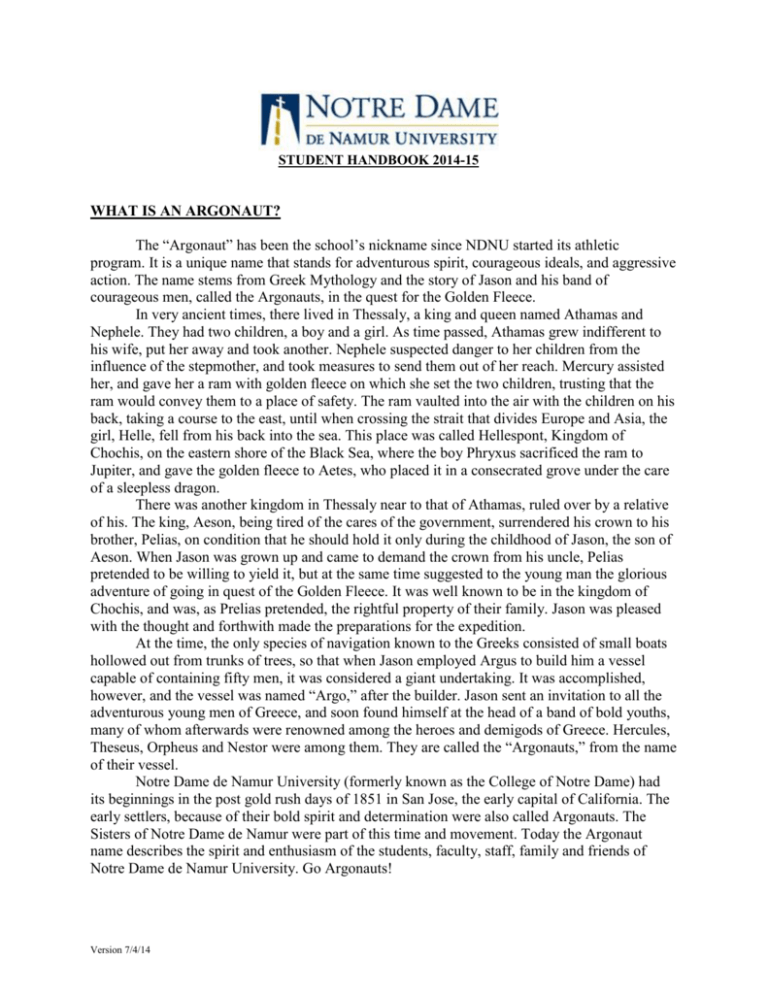
STUDENT HANDBOOK 2014-15 WHAT IS AN ARGONAUT? The “Argonaut” has been the school’s nickname since NDNU started its athletic program. It is a unique name that stands for adventurous spirit, courageous ideals, and aggressive action. The name stems from Greek Mythology and the story of Jason and his band of courageous men, called the Argonauts, in the quest for the Golden Fleece. In very ancient times, there lived in Thessaly, a king and queen named Athamas and Nephele. They had two children, a boy and a girl. As time passed, Athamas grew indifferent to his wife, put her away and took another. Nephele suspected danger to her children from the influence of the stepmother, and took measures to send them out of her reach. Mercury assisted her, and gave her a ram with golden fleece on which she set the two children, trusting that the ram would convey them to a place of safety. The ram vaulted into the air with the children on his back, taking a course to the east, until when crossing the strait that divides Europe and Asia, the girl, Helle, fell from his back into the sea. This place was called Hellespont, Kingdom of Chochis, on the eastern shore of the Black Sea, where the boy Phryxus sacrificed the ram to Jupiter, and gave the golden fleece to Aetes, who placed it in a consecrated grove under the care of a sleepless dragon. There was another kingdom in Thessaly near to that of Athamas, ruled over by a relative of his. The king, Aeson, being tired of the cares of the government, surrendered his crown to his brother, Pelias, on condition that he should hold it only during the childhood of Jason, the son of Aeson. When Jason was grown up and came to demand the crown from his uncle, Pelias pretended to be willing to yield it, but at the same time suggested to the young man the glorious adventure of going in quest of the Golden Fleece. It was well known to be in the kingdom of Chochis, and was, as Prelias pretended, the rightful property of their family. Jason was pleased with the thought and forthwith made the preparations for the expedition. At the time, the only species of navigation known to the Greeks consisted of small boats hollowed out from trunks of trees, so that when Jason employed Argus to build him a vessel capable of containing fifty men, it was considered a giant undertaking. It was accomplished, however, and the vessel was named “Argo,” after the builder. Jason sent an invitation to all the adventurous young men of Greece, and soon found himself at the head of a band of bold youths, many of whom afterwards were renowned among the heroes and demigods of Greece. Hercules, Theseus, Orpheus and Nestor were among them. They are called the “Argonauts,” from the name of their vessel. Notre Dame de Namur University (formerly known as the College of Notre Dame) had its beginnings in the post gold rush days of 1851 in San Jose, the early capital of California. The early settlers, because of their bold spirit and determination were also called Argonauts. The Sisters of Notre Dame de Namur were part of this time and movement. Today the Argonaut name describes the spirit and enthusiasm of the students, faculty, staff, family and friends of Notre Dame de Namur University. Go Argonauts! Version 7/4/14


